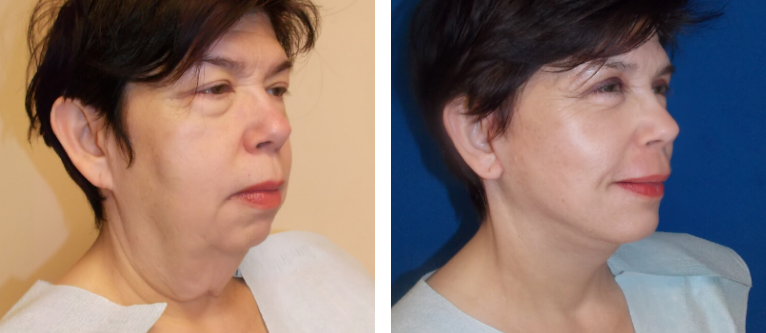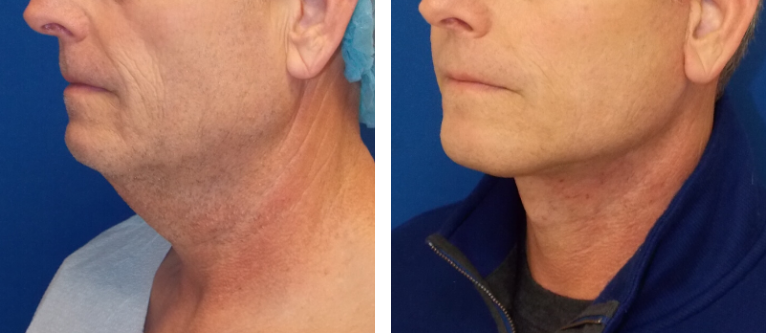The idea of getting plastic surgery can strike fear for some, especially when it comes to safety measures and fears of having a bad outcome. With this, some people can start getting cold feet about a procedure that they want to get. However, there are many myths and misconceptions surrounding plastic surgery.
Here at Washingtonian Plastic Surgery, we have the highest standards for each patient’s safety and comfort. Implementing these high standards includes attending to anything that patients may have concerns about before their procedure. We came up with 7 of the most common myths you might have heard about plastic surgery:
Fat returns after liposuction.
There have been many large studies that have debunked this myth. While the remaining fat cells can grow larger if you gain weight in the future, the liposuction procedure physically removes fat cells from the body and targeted areas. These cells can’t grow back. Patients that continue to eat a healthy diet and exercise regularly after liposuction will enjoy long-lasting results.
You can always tell when someone has had plastic surgery.
Most of us have been exposed to extreme cases in the media and with celebrities, giving us the impression most surgeries look unnatural. It’s important to know that that excellent plastic surgery is that it is not immediately apparent. At Washingtonian Plastic Surgery, Dr. Singh aims to give patients the most natural results that fit their unique features.
Plastic surgery is only for people overly concerned with their appearance.
The vanity surrounded by the idea of plastic surgery is a dated misconception. Because we are not used to going out of our way for procedures, we believe that plastic surgery is only about vanity. But as we get educated with the benefits plastic surgery offers and how it can improve our quality of life, many of us have slowly opened up with the possibility of getting something improved.
Plastic surgery is only for the rich and famous.
Another myth you may have heard about plastic surgery is the cost. Many believe that plastic surgery costs a fortune and only those in the upper class can afford it. Wrong. Many procedures have become affordable with financing options. Washingtonian Plastic Surgery accepts financing companies such as Care Credit and Alphaeon. This allows patients to make monthly payments on their procedure, giving them the opportunity to maintain their budget on their life-changing journey.
Plastic surgery will never result in scarring.
Anything that will involve a knife and cutting the skin will typically result in a scar, though it can be hidden and inconspicuous. Dr. Singh is an expert in making sure the procedure will result in the most minimal scarring possible. Our post-surgery plan isn’t just focused on healing the wound but also on reducing the appearance of scarring.
A breast augmentation is very risky.
Breast augmentation surgery is one of the top plastic surgeries performed every year. A survey conducted with women who have breast implants showed that 98% of them are happy with the results. Most breast implants are made of silicone which is also FDA-approved. It also does not increase women’s risk of breast cancer, which seems to be a common myth. Many women who have high chances of developing breast cancer later in life decide to undergo mastectomies followed by a breast augmentation. However, like any other implants, breast implants are not designed to last a lifetime. Most breast implants will only last for about 10 to 15 years before they need to be replaced.
Plastic surgery is the same as cosmetic surgery.
Making plastic surgery synonymous with cosmetic surgery is not entirely correct. Plastic surgery is a surgical specialty that covers a wide range of surgery that will help restore, reconstruct, or alternate in areas of the body. On the other hand, cosmetic surgery is a subspecialty of plastic surgery that focuses on enhancing the appearance of a person through medical and surgical techniques. When looking for a plastic surgeon, it’s important to research their credentials. Dr. Singh holds a dual-board certification in plastic and reconstructive surgery and formerly served as a director for cosmetic surgery at Johns Hopkins University School of Medicine.








